Aluminum grating is a frame made using alloyed aluminum bars, sheets and meshes that create a porous grid to be used for a variety of industrial, commercial and domestic purposes. For drainage, support, filtration, partition and enclosure formation, gratings are employed in many different environments and may be constructed of a number of different materials such as stainless steel, iron and brass. Read More…
All Plastics and Fiberglass prefabricates gratings products including fiberglass gratings, bar gratings and floor gratings. We offer online ordering of our in-stock products to accommodate all our current and potential customers.

Strongwell is the world's leading pultruder of FRP structural components. Strongwell’s products include structural shapes, plate, fiberglass grating, building panels, handrail systems, ladder & cage systems, bridge decks, cooling tower components, planking systems, and custom shapes. If you would like more information about our company then please let us know!
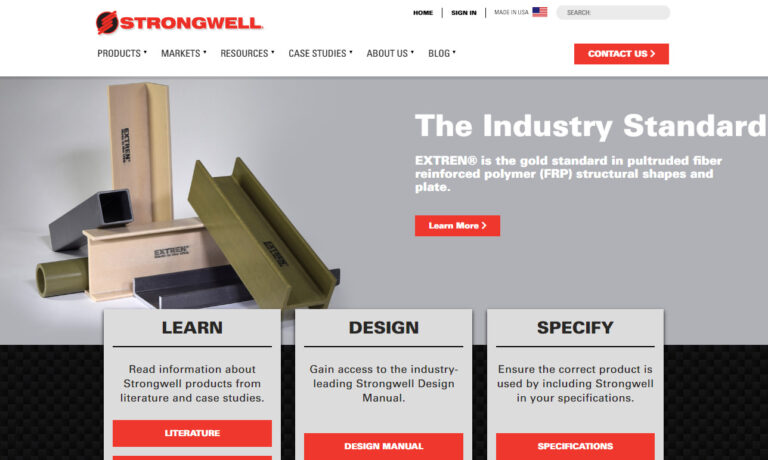
Indiana is the benchmark other manufacturers strive to achieve. This financially strong, family owned company with over 35,000 sq. ft. of manufacturing area offers cost-effective, quality structural, decorative products, including precision crafted light & heavy duty welded gratings. Operating in accordance with NAAMM standards, Indiana has built its reputation on "personal service".
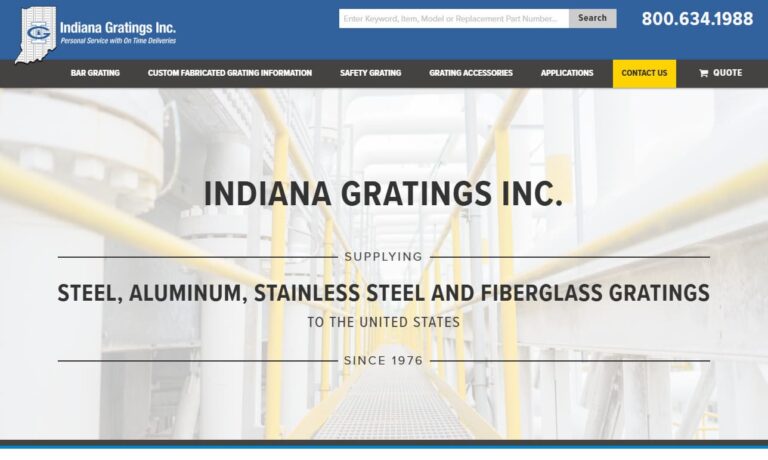
At Ryan Herco Flow Solutions, we take pride in delivering durable and reliable floor gratings designed to meet the highest standards of performance and safety. We understand the critical role that flooring systems play in industrial and commercial environments, and we engineer our floor gratings to provide strength, stability, and long-lasting value.

More Aluminum Grating Manufacturers
The beneficial attributes of aluminum and its alloys, however, make it a popular material choice for grate construction. Extreme malleability, corrosion resistance, ductility, strength and thermal and electrical conductivity make aluminum grates useful in a number of industries which include heating and cooling processes such as food and chemical processing, architecture, waste water treatment, paper milling and marine superstructure.
While strength and corrosion resistance are common attributes of many metal grates, aluminum is also light weight, non-toxic, non magnetic, resistant to bacteria sustaining particles and has the ability to withstand very cold temperatures. These properties make aluminum grates superior to other metallic options which may possess some, but rarely all of these qualities.
In cooling applications for example, most metals become brittle, but aluminum actually gains strength when exposed to cold. An aesthetically pleasing metal, aluminum grates can be both functional and decorative elements utilized in traditional grate formations such as I-bar, rectangular bar and plank as well as intricate designer arrangements.
Also spelled aluminium, it is one of the most abundant metallic chemical elements found in the Earth’s crust and the third most plentiful of all elements. Its strong affinity to oxygen, however, makes its free form presence rare in nature. Instead, aluminum is extracted from ores such as bauxite using the Hall-Heroult method.
While the mining and refining of this metal can be difficult, it is easily manufactured and 100% recyclable without any loss of its natural qualities. Recycled and newly extracted aluminum can be processed with a number of methods to manufacture architectural grates. Often, extruded aluminum stock shapes such as bars, rods and sheets are little altered from this preformed state with secondary operations such as welding; that are used to create the grate.
Welding is most popular for bar grating, while expansion grates stretch perforated aluminum sheets to create the desired hole size and shape. Swaging, pressure-locking and riveting are common production methods for aluminum and other metal grates. In some instances, bars are added to mesh or sheeting to provide additional support. Serration or non-slip coatings are often utilized for floor gratings made of aluminum.
While finishing and supplemental support are important, additional considerations include the size, shape and density of the holes or gaps in a given grate as well as connection size. These help determine what can pass through the grate and at what rate.



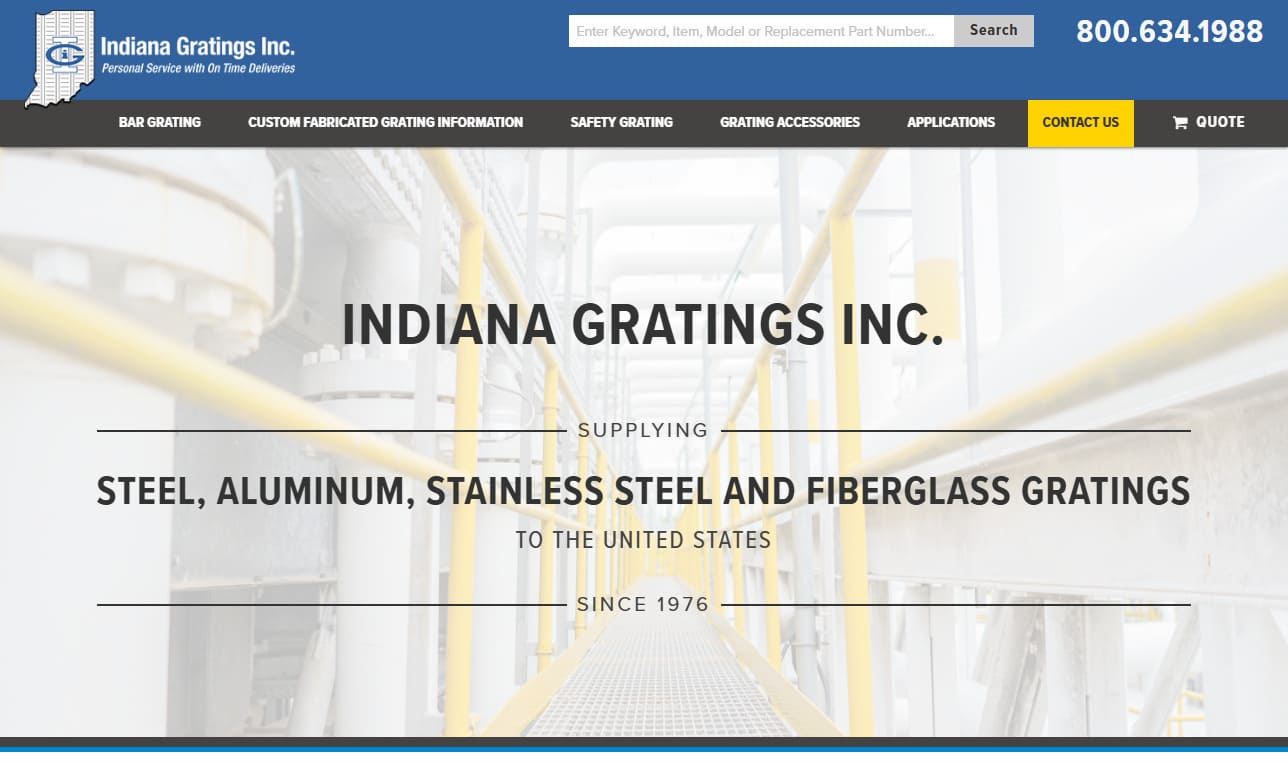
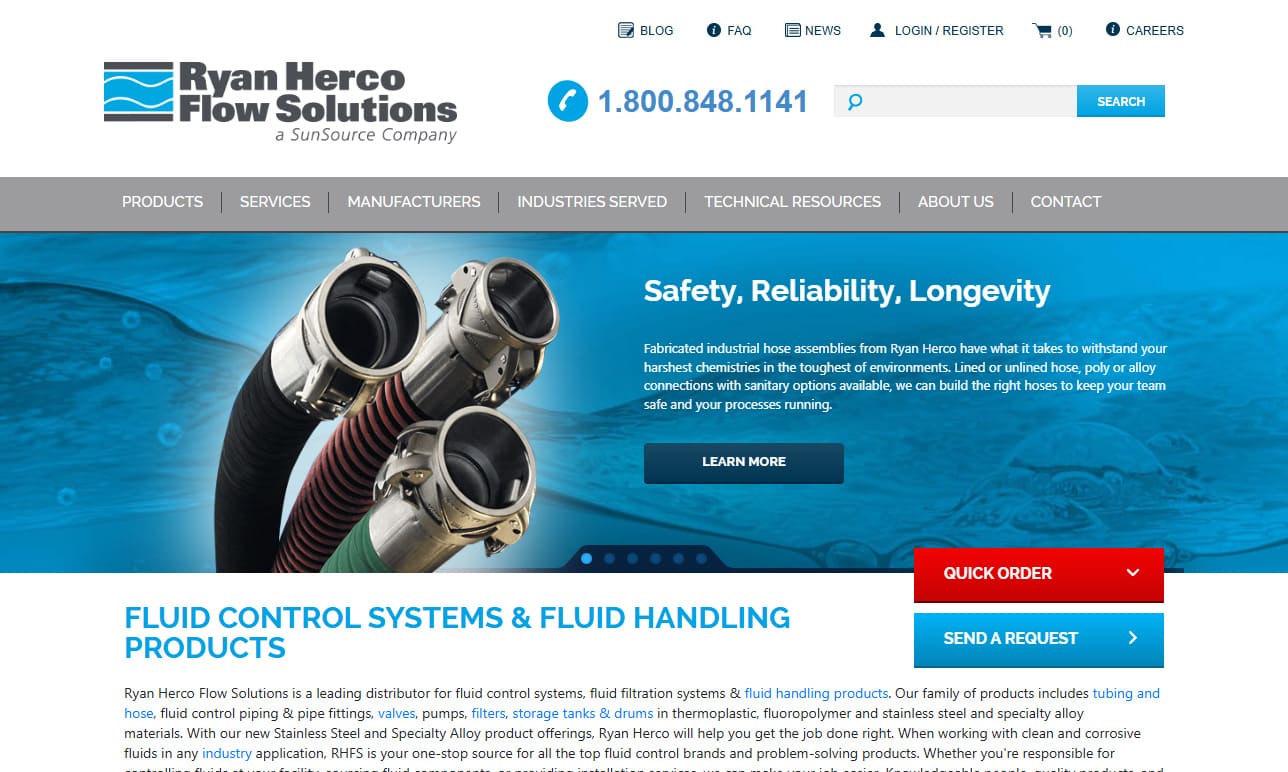
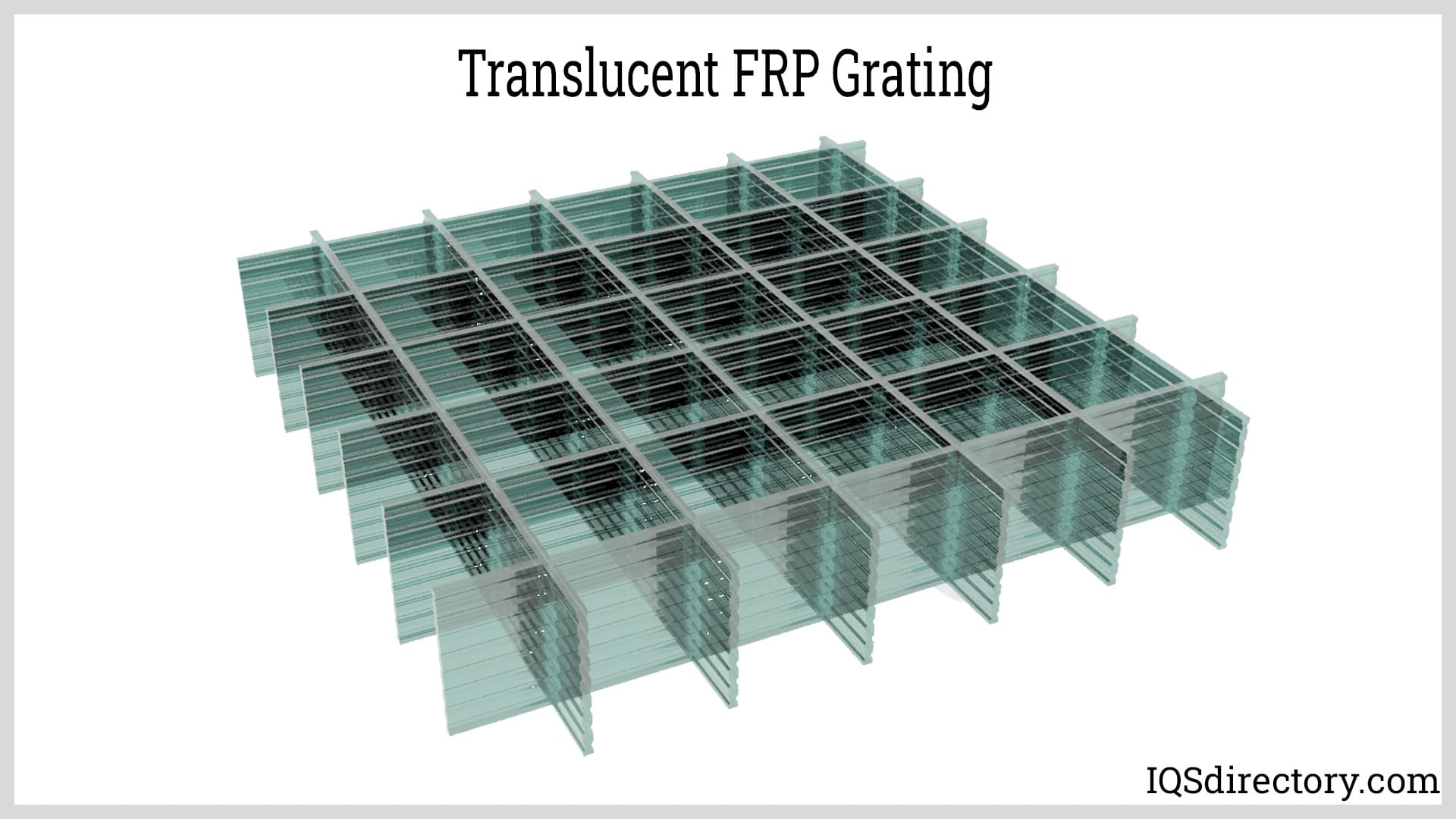
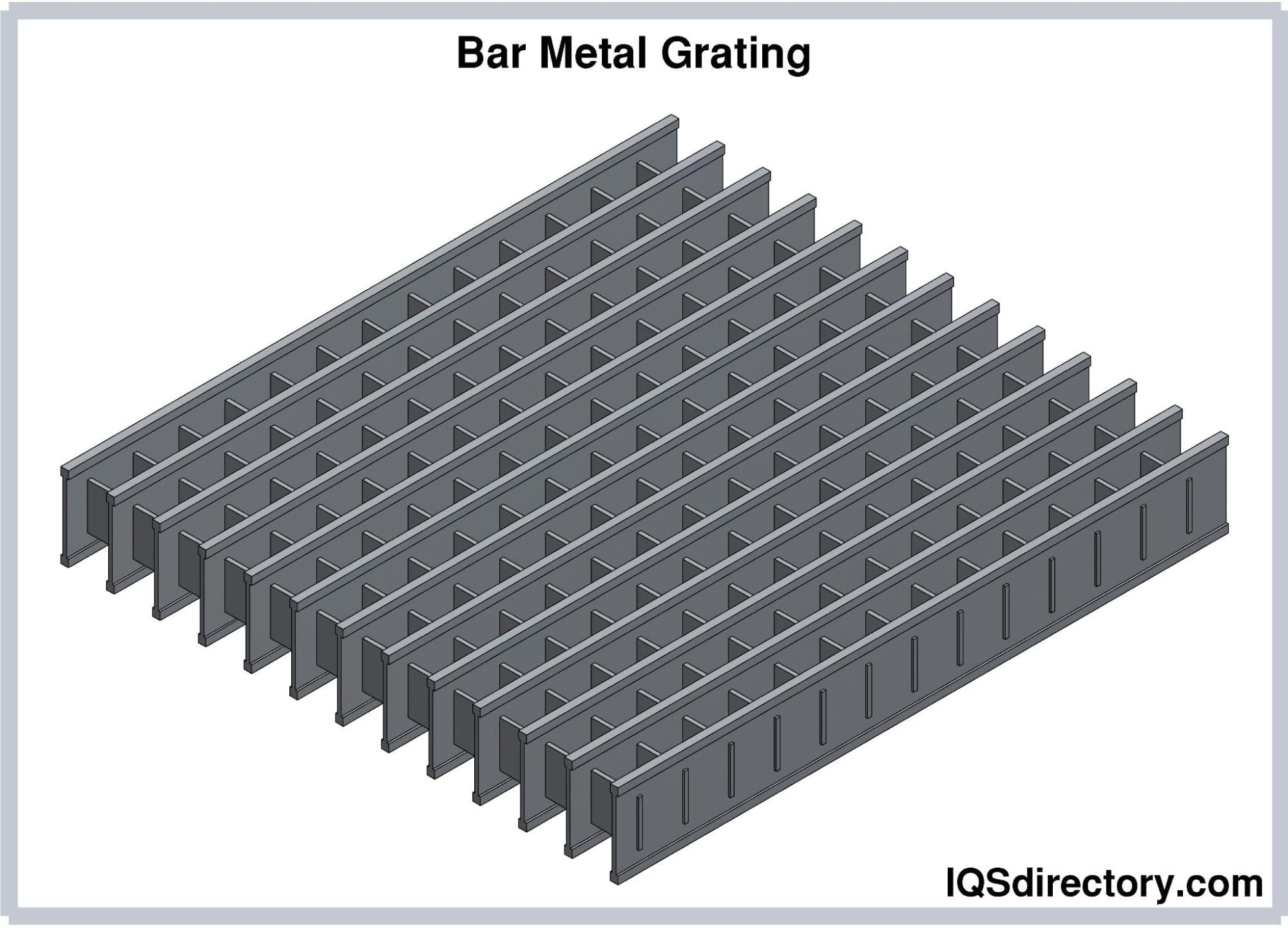
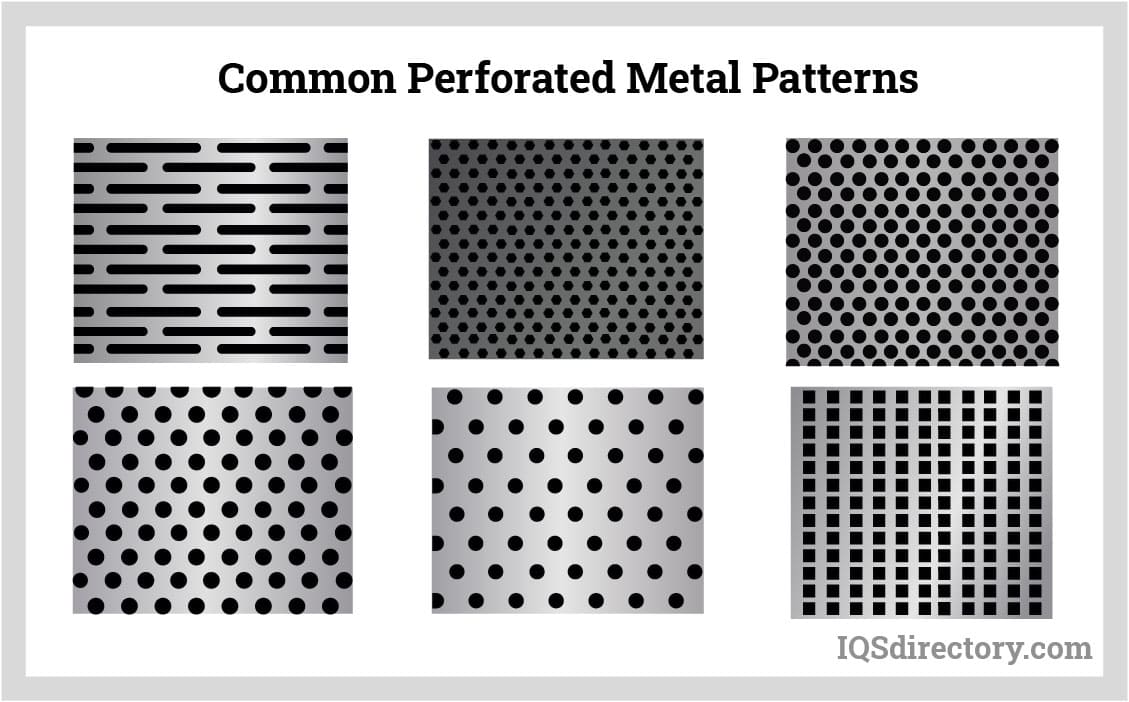
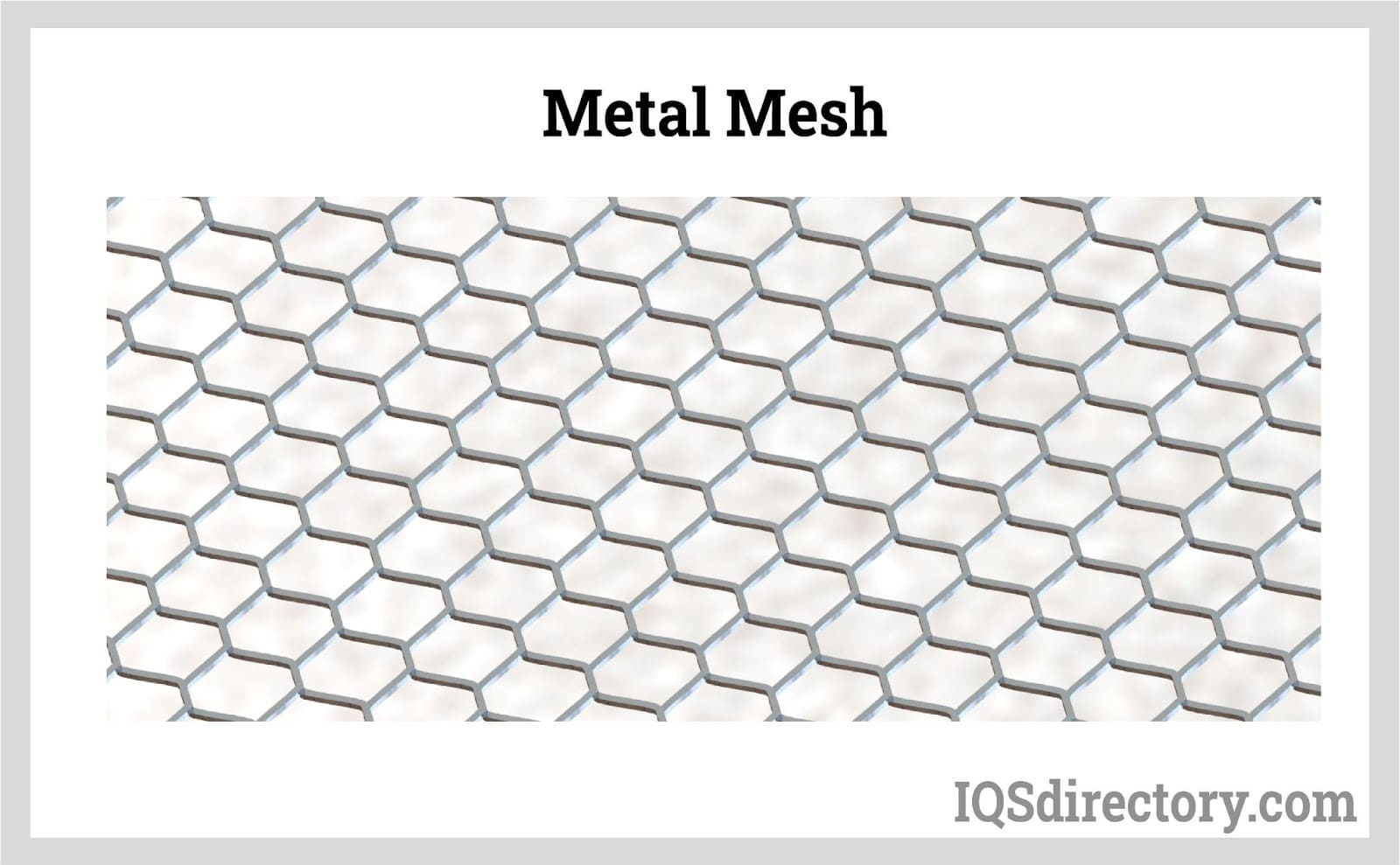
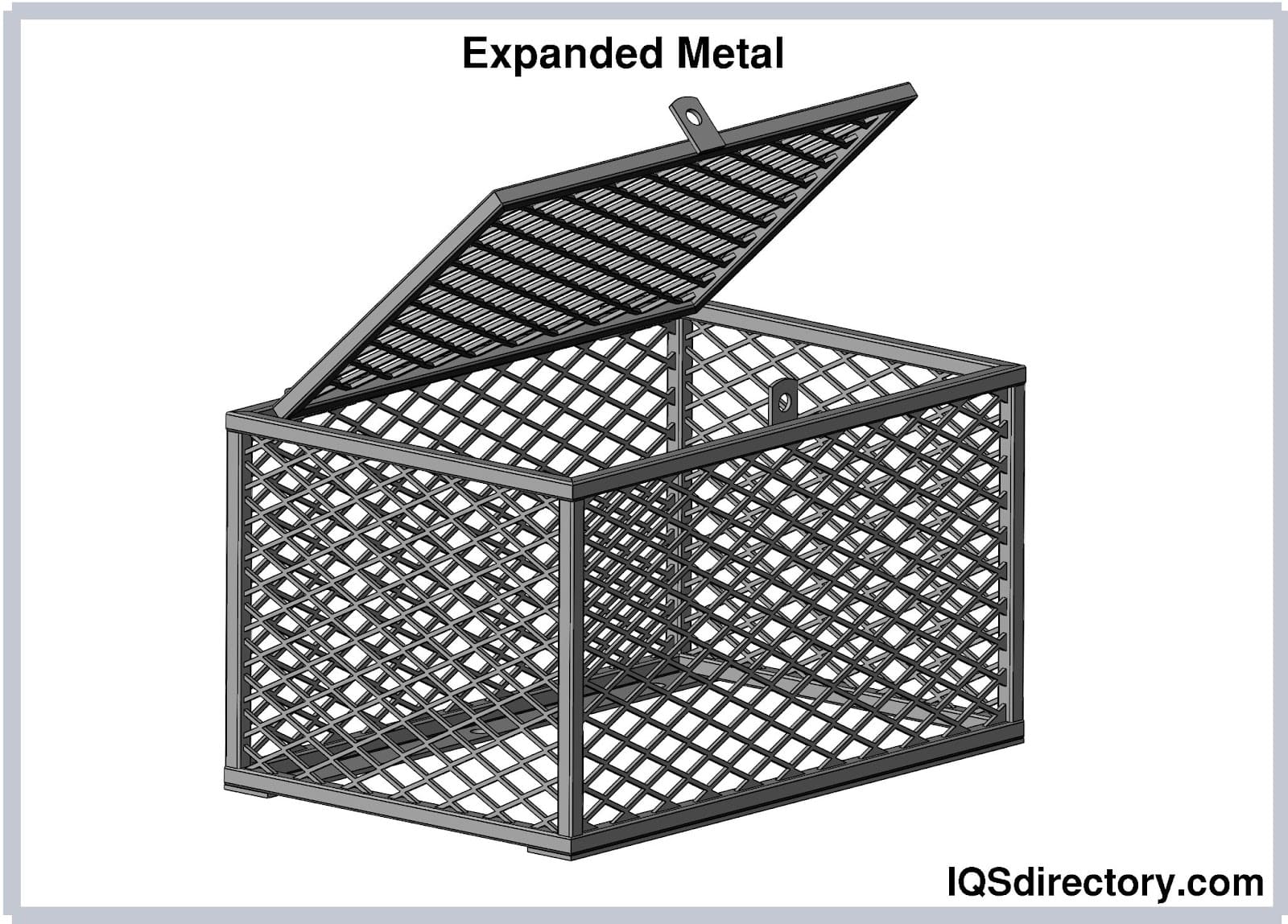
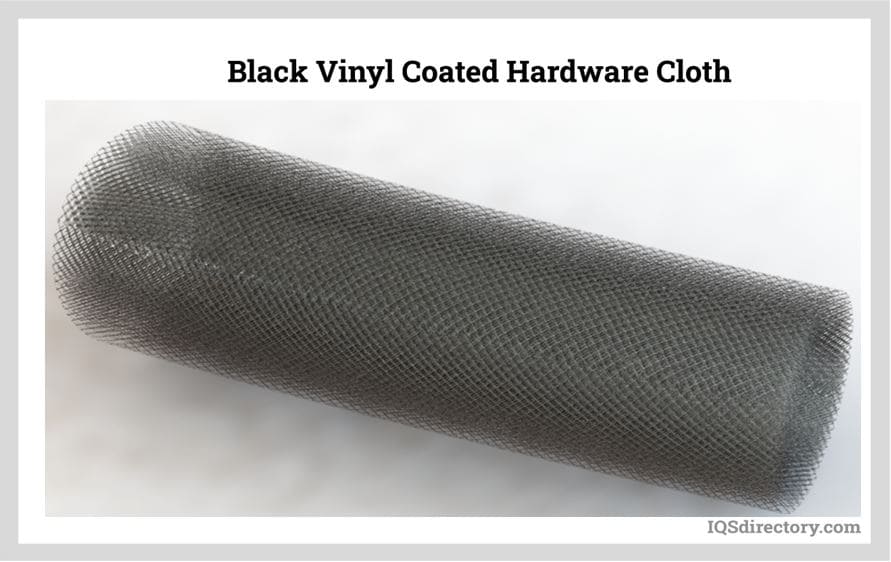
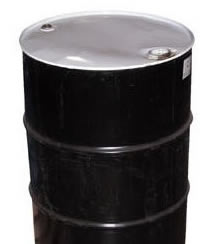 55 Gallon Drums
55 Gallon Drums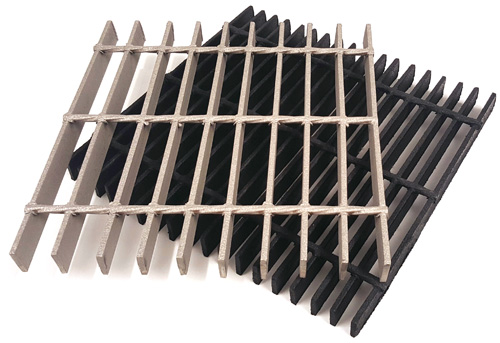 Floor Gratings
Floor Gratings Mezzanines
Mezzanines Modular Buildings
Modular Buildings Plastic Containers
Plastic Containers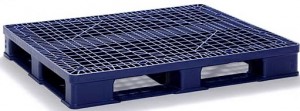 Plastic Pallets
Plastic Pallets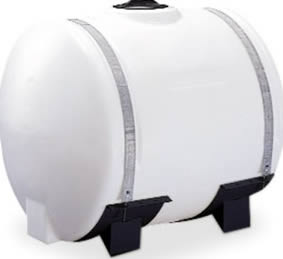 Plastic Tanks
Plastic Tanks Steel Shelving
Steel Shelving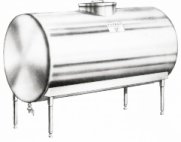 Stainless Steel Tanks
Stainless Steel Tanks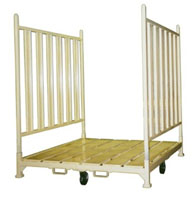 Storage Racks
Storage Racks Work Benches
Work Benches Castings & Forgings
Castings & Forgings Bulk Material Handling
Bulk Material Handling Electrical & Electronic Components
Electrical & Electronic Components Flow Instrumentation
Flow Instrumentation Hardware
Hardware Material Handling Equipment
Material Handling Equipment Metal Cutting Services
Metal Cutting Services Metal Forming Services
Metal Forming Services Metal Suppliers
Metal Suppliers Motion Control Products
Motion Control Products Plant & Facility Equipment
Plant & Facility Equipment Plant & Facility Supplies
Plant & Facility Supplies Plastic Molding Processes
Plastic Molding Processes Pumps & Valves
Pumps & Valves Recycling Equipment
Recycling Equipment Rubber Products & Services
Rubber Products & Services